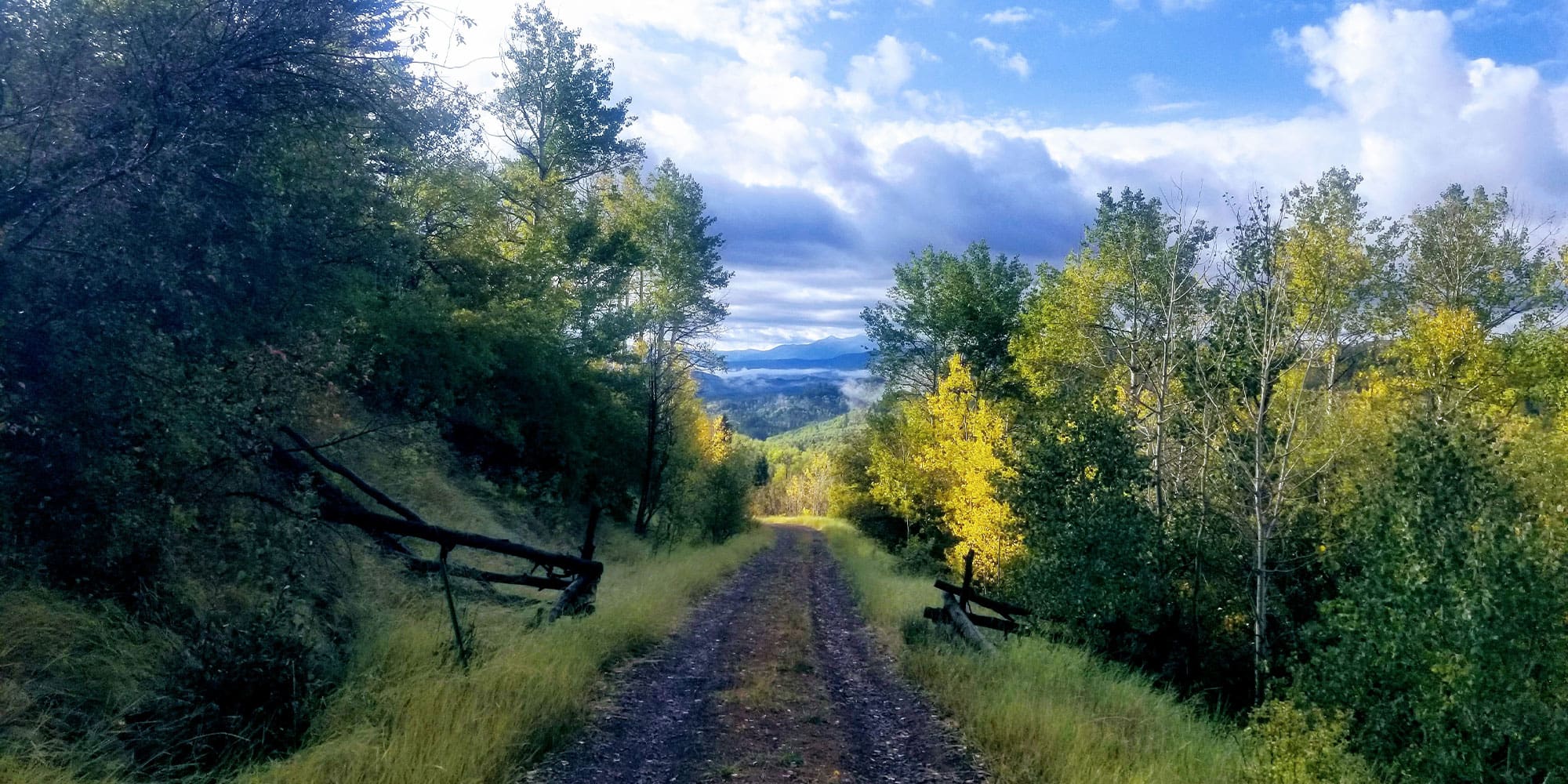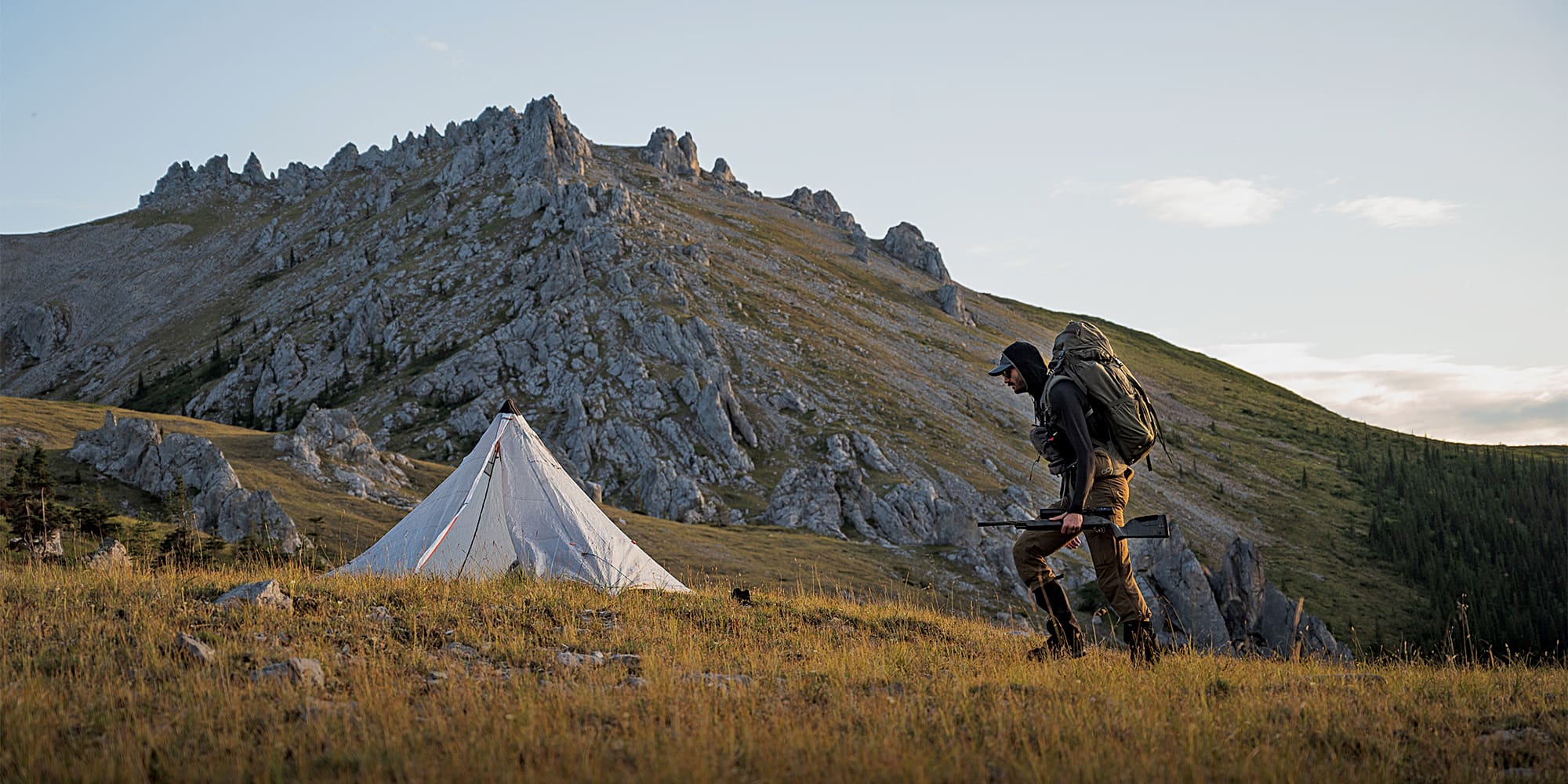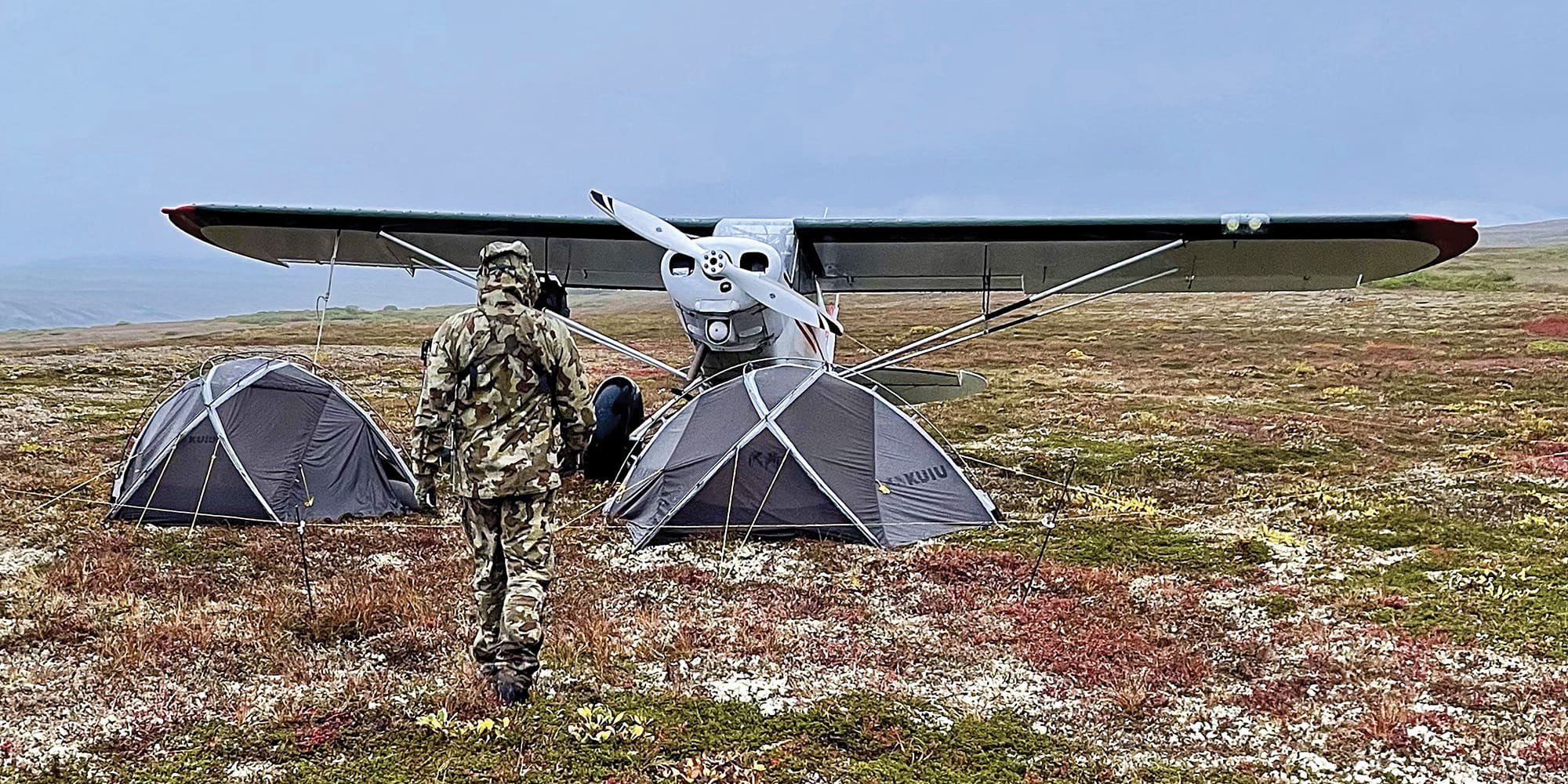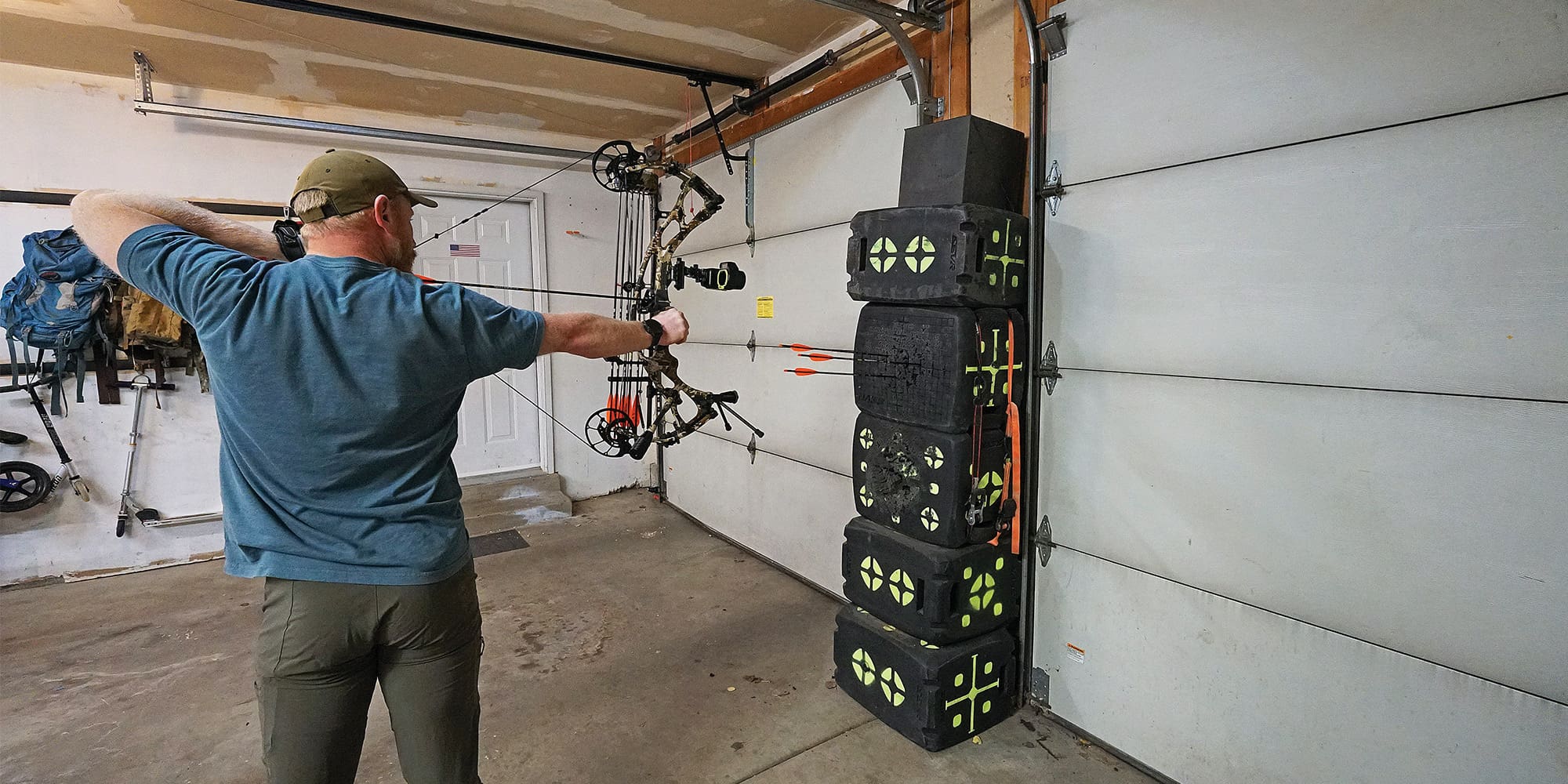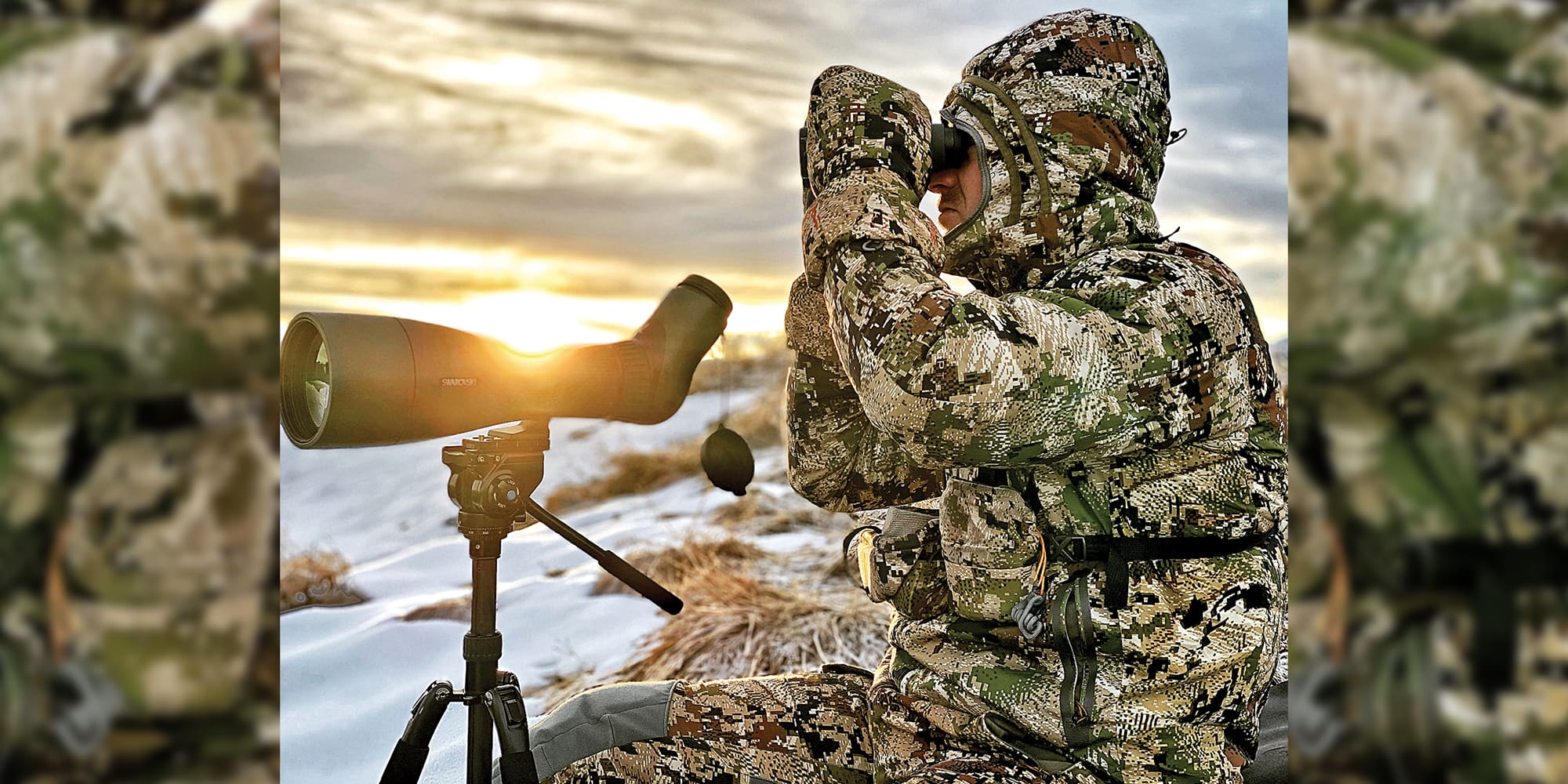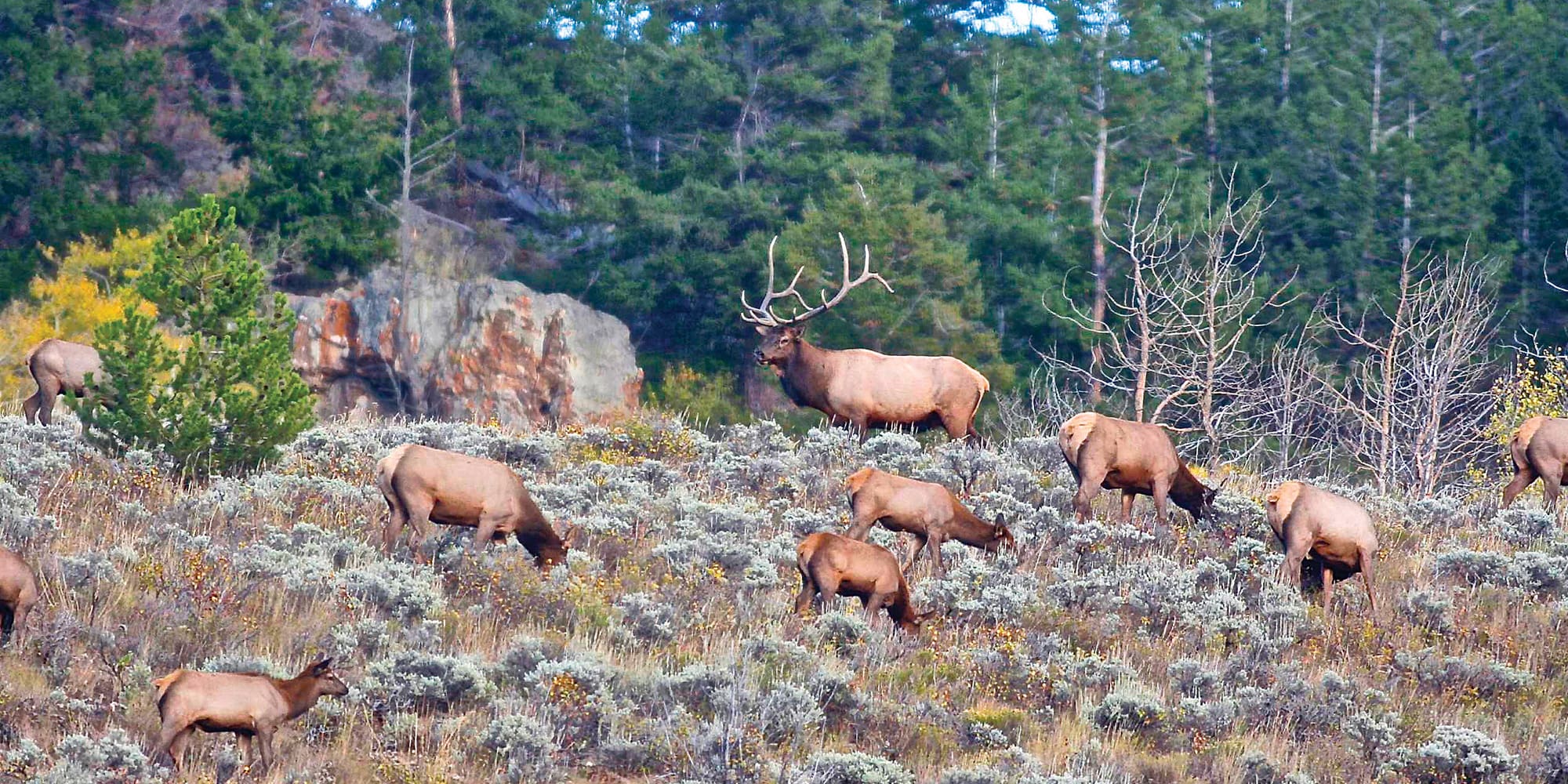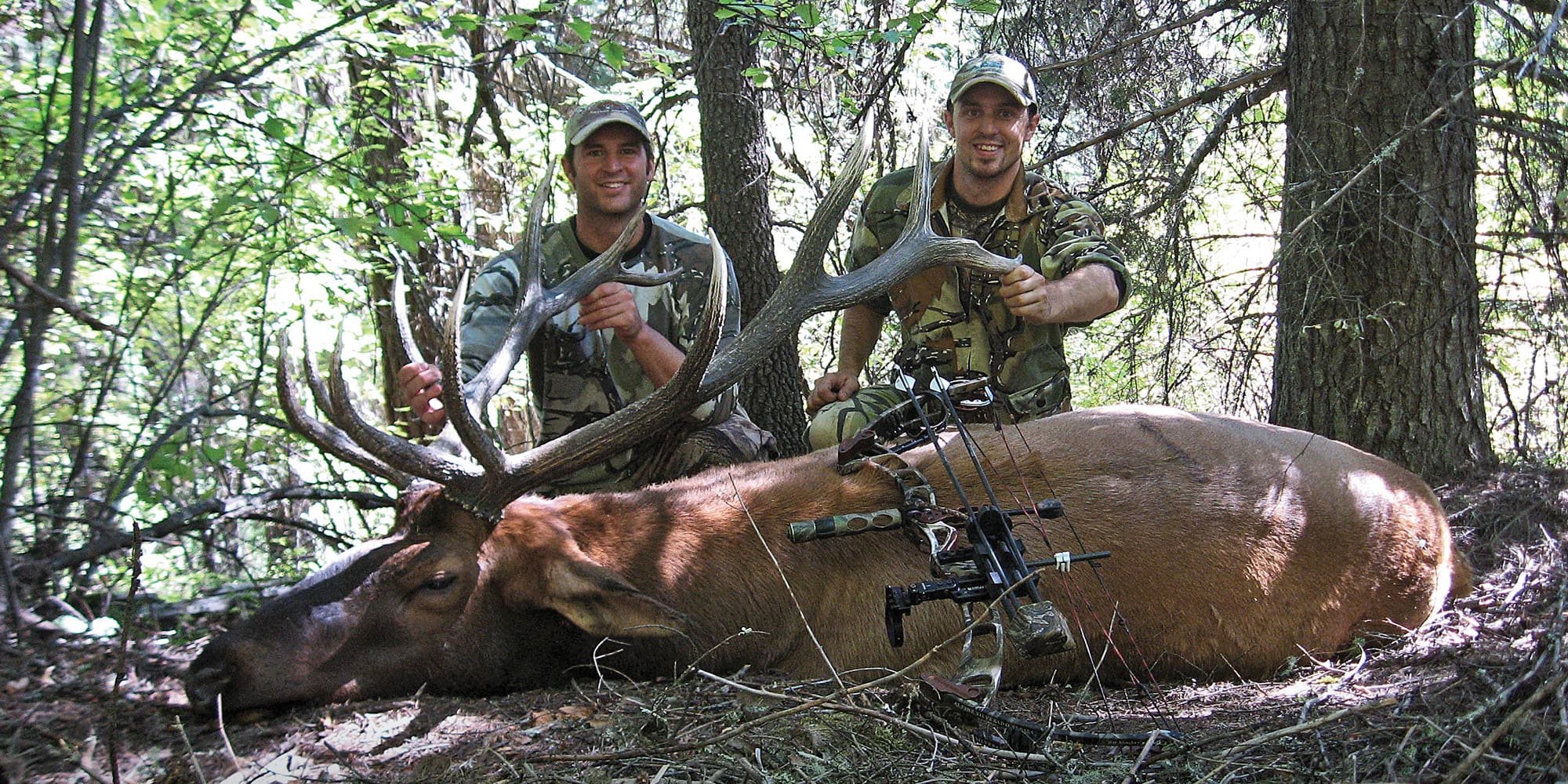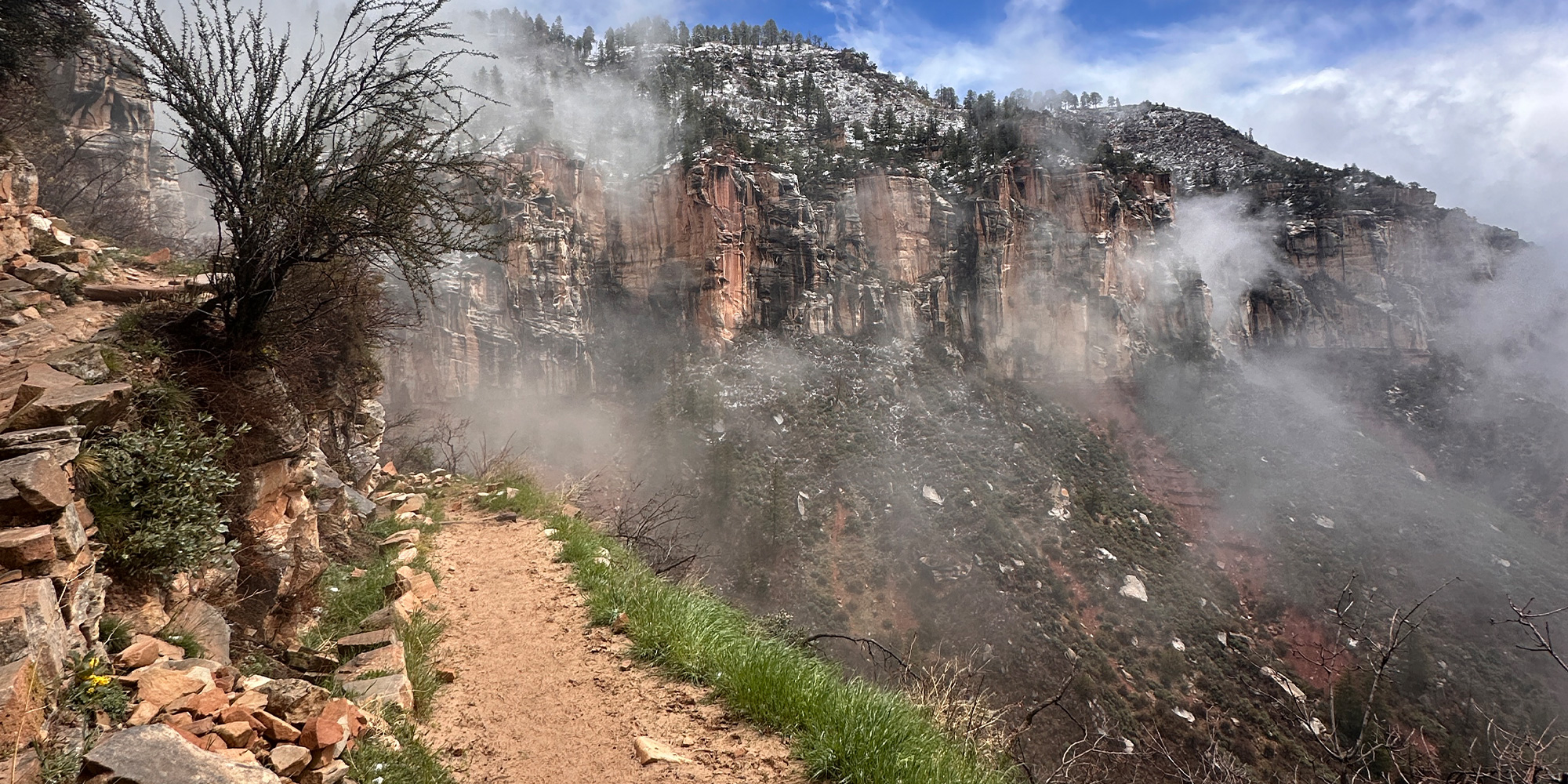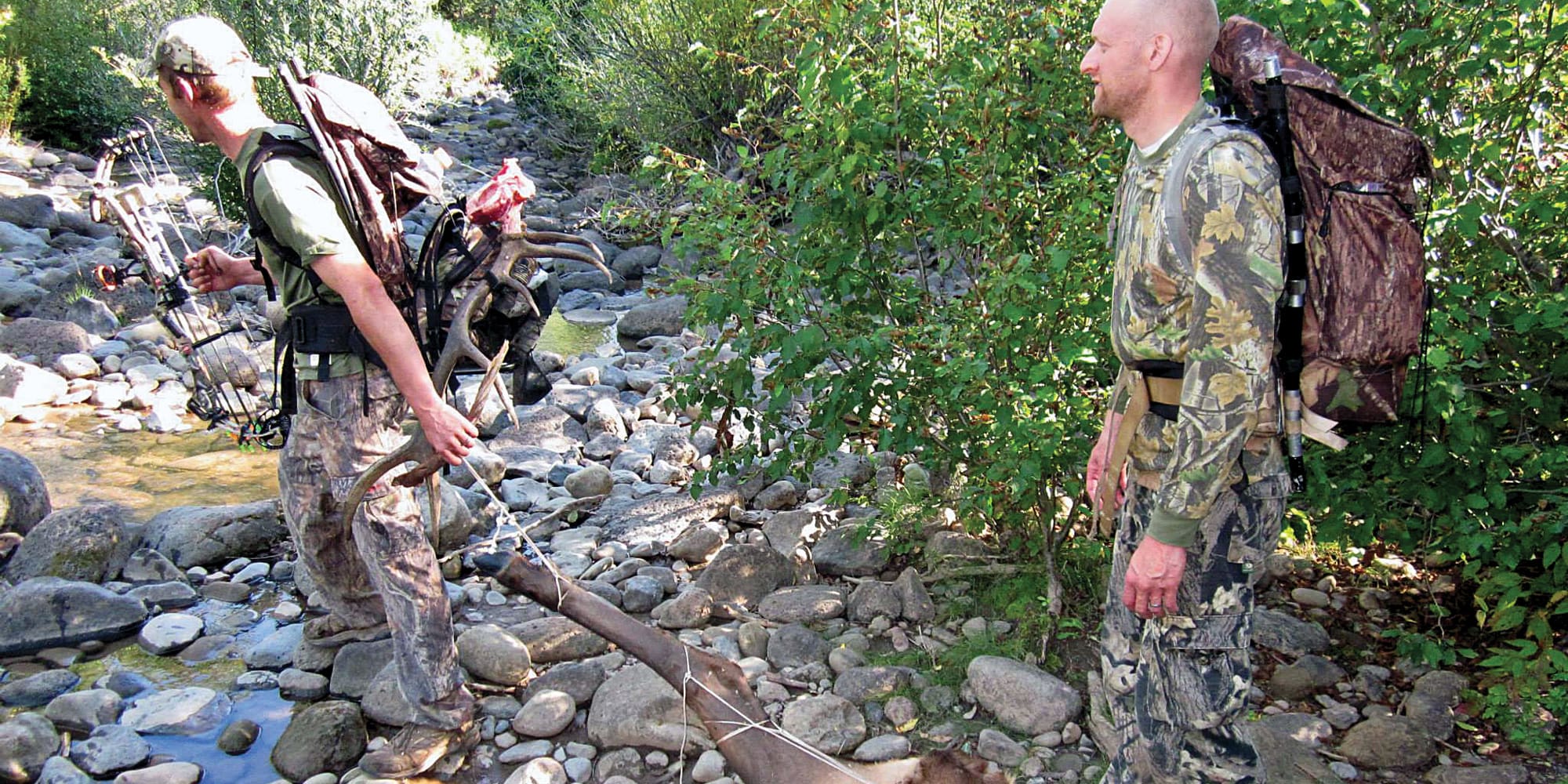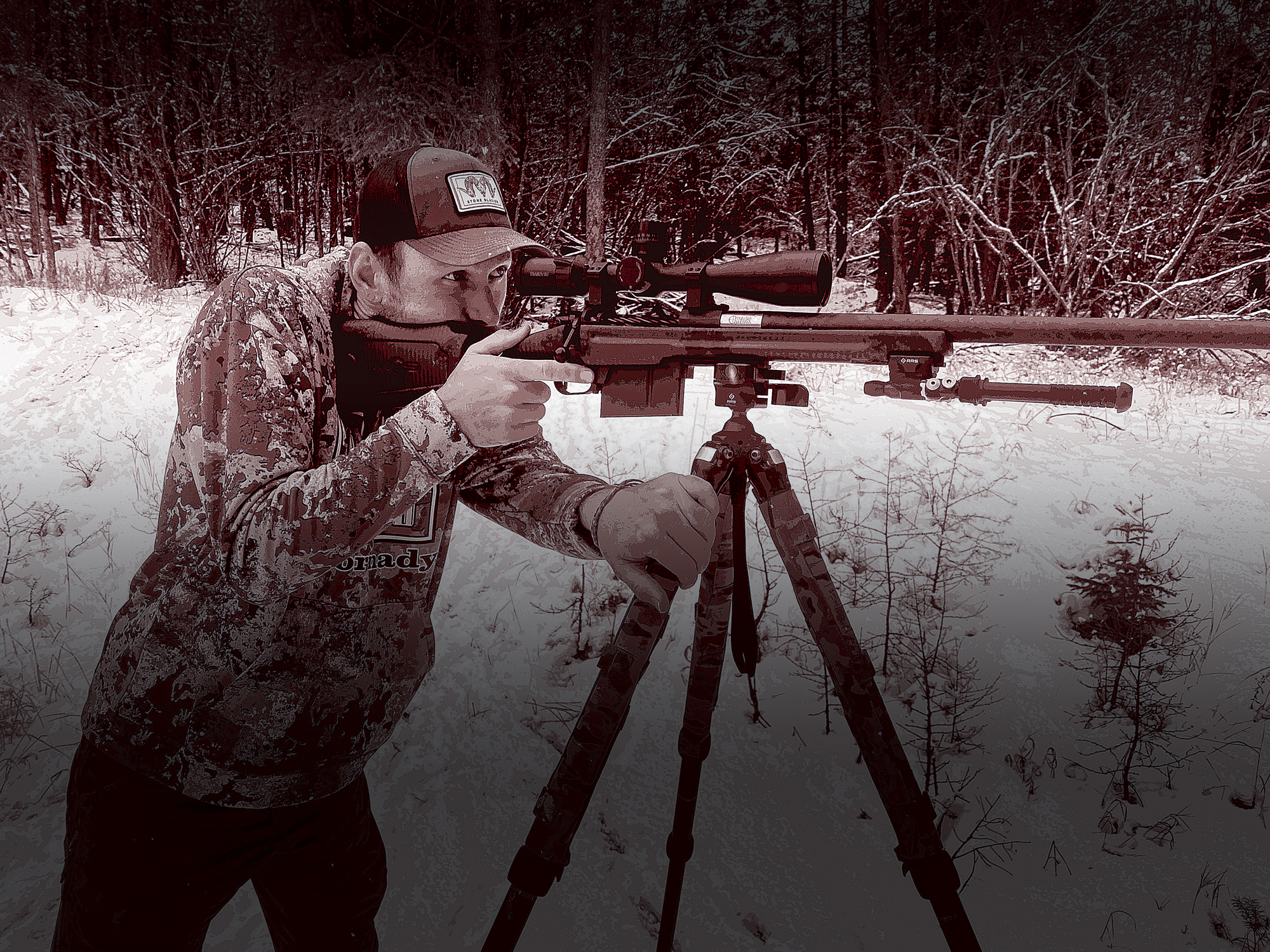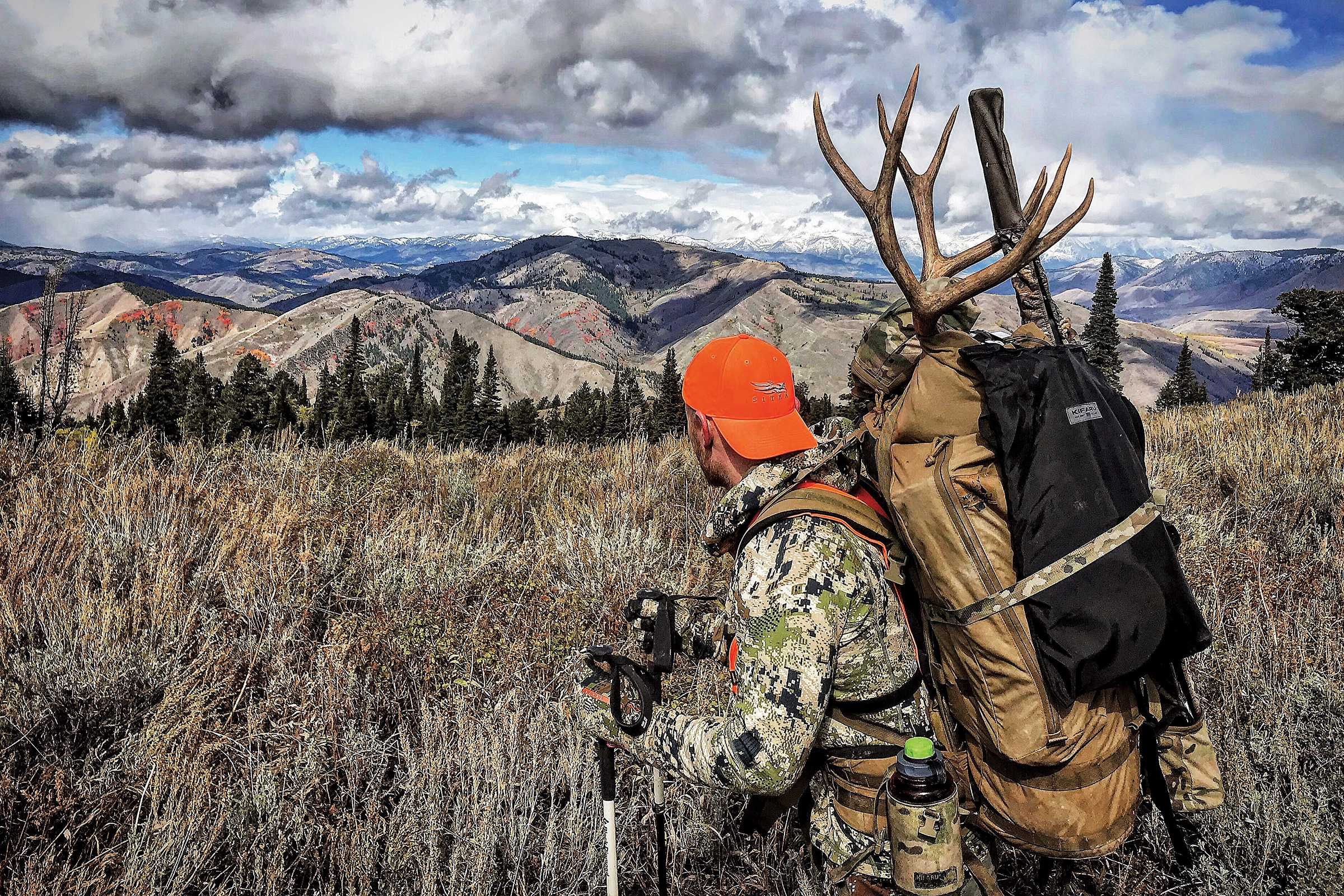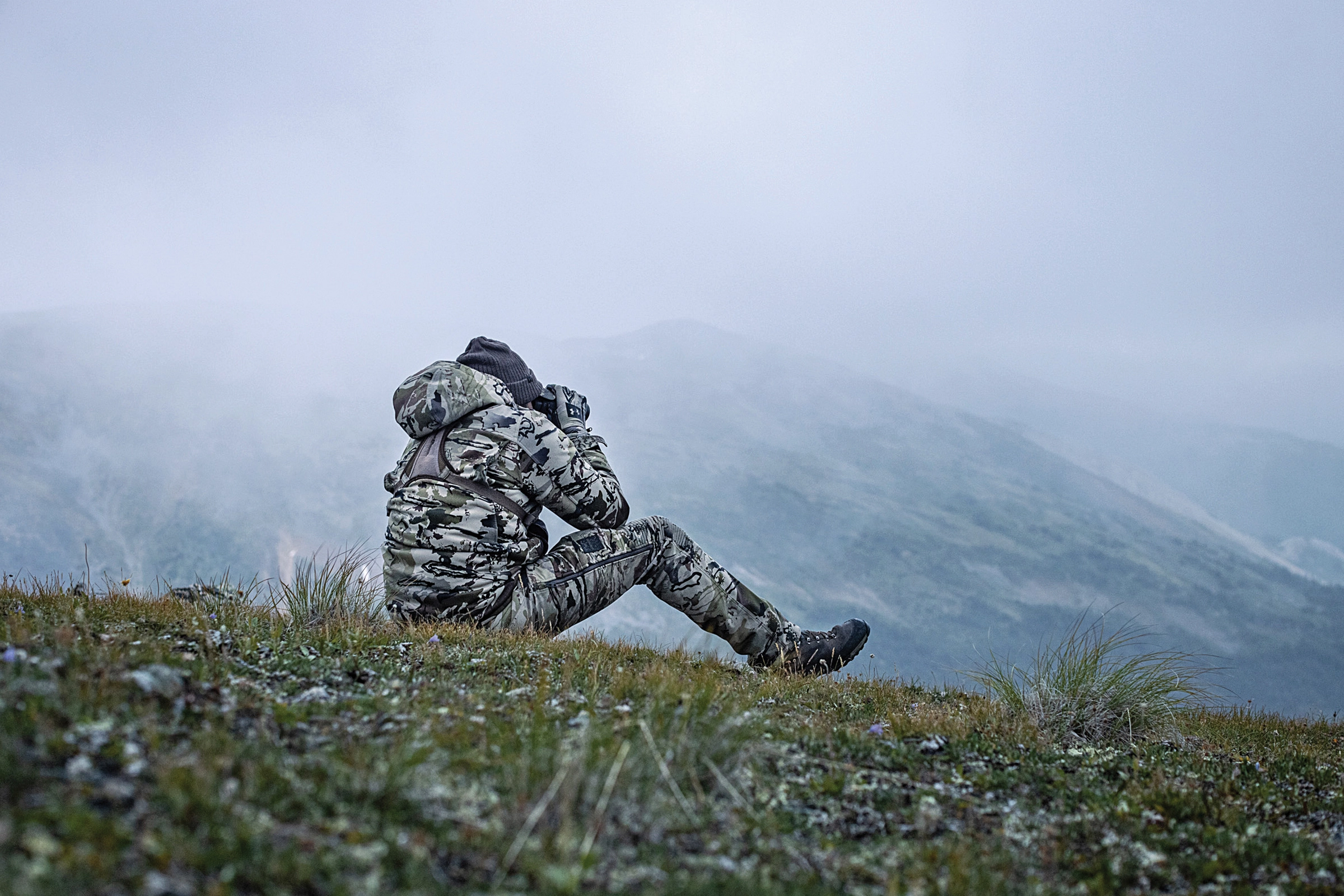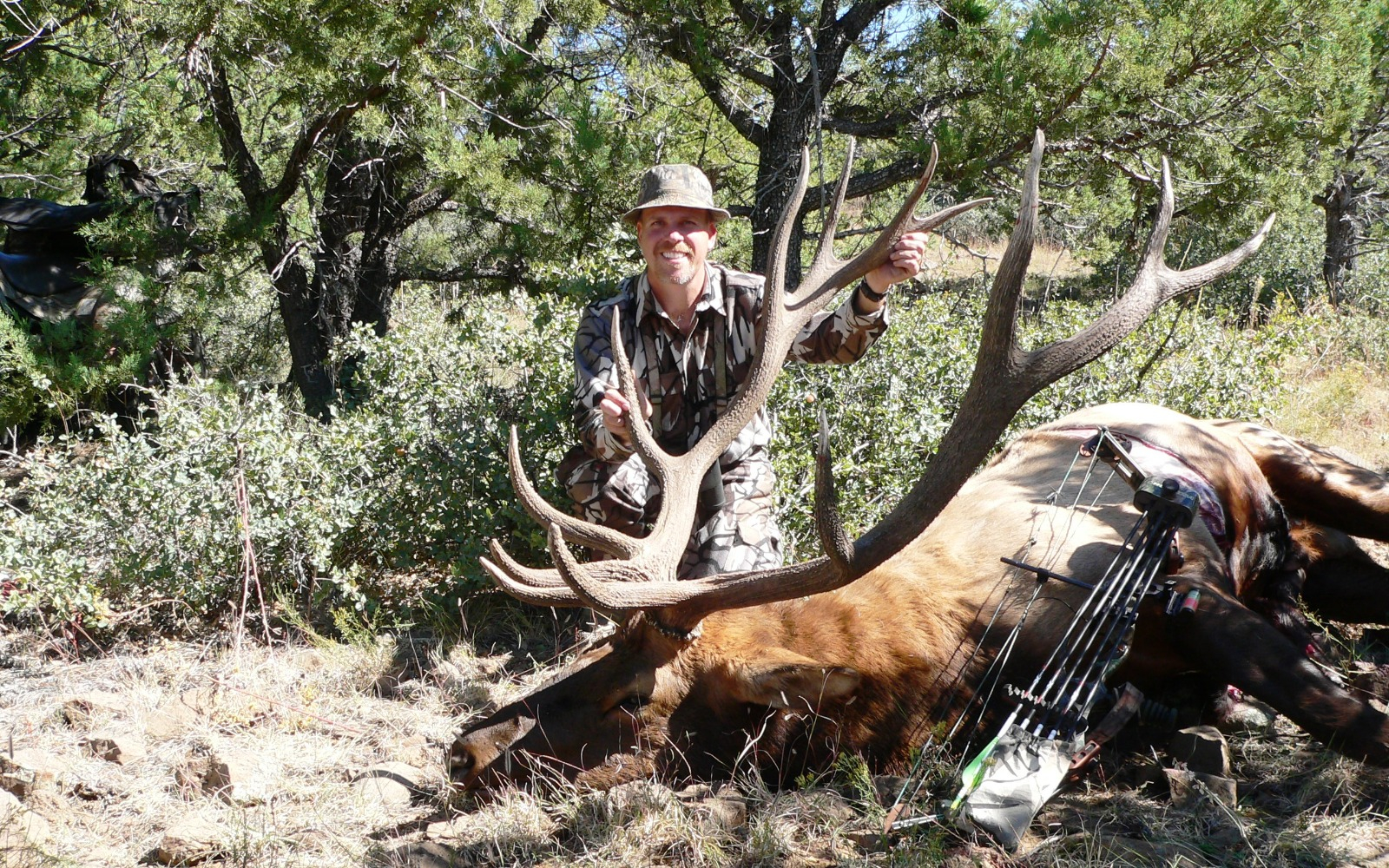
NOTICE: Certain links on this post may earn a commission for Western Hunter Magazine from Amazon or our other affiliate partners when you make a purchase. Thank you for your support.
10 Reasons Why Western Bowhunters Fail
Have you ever wondered why some bowhunters seem to have more success than others? Whether or not they're hunting multiple states and/or species, public or private land, they simply get it done each and every year. I've been fortunate to meet and know a few consistently successful bowhunters over the years and have learned that there's a common recipe why they rise to the top while others fail. While there are numerous contributing factors, here are the ten most common mistakes I've observed over my last 35-plus years of Bowhunting.
1. Bowhunting the Wrong Area
The most successful bowhunters I know are either pulling tags for some great areas with numerous animals or hunting country in mediocre units with which they’re intimately familiar. Scouting and familiarizing yourself with any unit is extremely important and often decides success or failure.
Unfortunately, most bowhunters simply draw a tag, get little or no info on the internet and/or Google Earth, and go bowhunting. Those who do set foot in the area often expect too much and don’t dedicate the amount of time to learn the unit. As a result, they often fail.
A few summers back, I was scouting the famous Kaibab Plateau of Arizona. I ran into a gentleman who had drawn an archery mule deer tag for the upcoming season. He was highly disappointed and depressed at the amount/quality of deer he had seen driving around, adding that he couldn’t understand all the hype. He was expecting P&Y-class deer everywhere.

While the Kaibab isn’t what it was 20 years ago, I had to chuckle after viewing a bachelor herd of several good bucks that morning while hiking on a ridge less than two miles from where we were talking. While he had a great deer tag, he needed to leave the truck to see what the unit could produce.
Even mediocre units have the chance to consistently produce if you’re hunting the right area. Often, many bowhunters simply don’t dedicate enough time to learn these units. Finding pockets and drainages that consistently hold animals can mean the difference between success and failure.
My hunting partners and I have been successful bowhunting desert mule deer in Arizona in a less than mediocre unit that receives quite a bit of pressure. However, we’ve become intimately familiar with the unit and know certain drainages and washes that consistently hold deer.
2. Not Enough Hunt Time
Taking an animal with a bow and arrow is hard; that’s why I love it. Even when hunting good areas, many bowhunters fail simply because they don’t allow enough time.

I can’t tell you how many times I’ve spoken with eastern bowhunters who plan a hunt out West and don’t give themselves ample time to be successful. While a three to five-day hunt might suffice for whitetails or baited black bears, I’ve been on deer/elk hunts without having a viable stalk within five days!
I usually try to dedicate up to ten days of hunting, if possible. This has increased my odds of success and allows “boots on the ground” knowledge I can use for future hunts. Even my backpack hunts involve several continuous days in the backcountry.
In Colorado a few years back bowhunting, I spotted a few trophy bucks that I repeatedly tried to arrow, but something always seemed to go wrong. However, on my eighth day, everything came together, and I arrowed a 9.5-year-old (ear tagged) buck. Had I not dedicated the time to the hunt, I would’ve failed.
3. Not in Shape
Make no mistake; the Rocky Mountain West is no joke! These mountains will continually test your desire, stamina, and muscles. I’ve seen those beautiful mountains make a grown hunter fall to his knees from muscle fatigue and lack of stamina.
If you’re not in reasonable shape, your odds of failing are quite high. Granted, there are always a few lucky bowhunters that drive down a dirt road and arrow a buck or bull of their dreams right from the road, but that’s the exception.
Bowhunters who consistently arrow critters out West will tell you - being in shape will increase your odds of success and make your overall hunt much more enjoyable. If you’re one of those bowhunters who can’t walk a half-mile without getting winded, you’re setting yourself up for failure when bowhunting the rugged mountains of the West. See a nutritionist, read Kristy Titus and Mark Paulsen’s articles, exercise regularly, and improve your performance.
4. Too Noisy
I truly believe many bowhunters grossly underestimate the hearing ability of wild animals. The mule deer arguably has the best hearing of any North American big game animal. Those big ol’ ears are like radar detectors, constantly moving to capture even the slightest decibels. Couple that with using a close-range weapon and you’ll soon discover that a mature mule deer is a very difficult critter to approach.
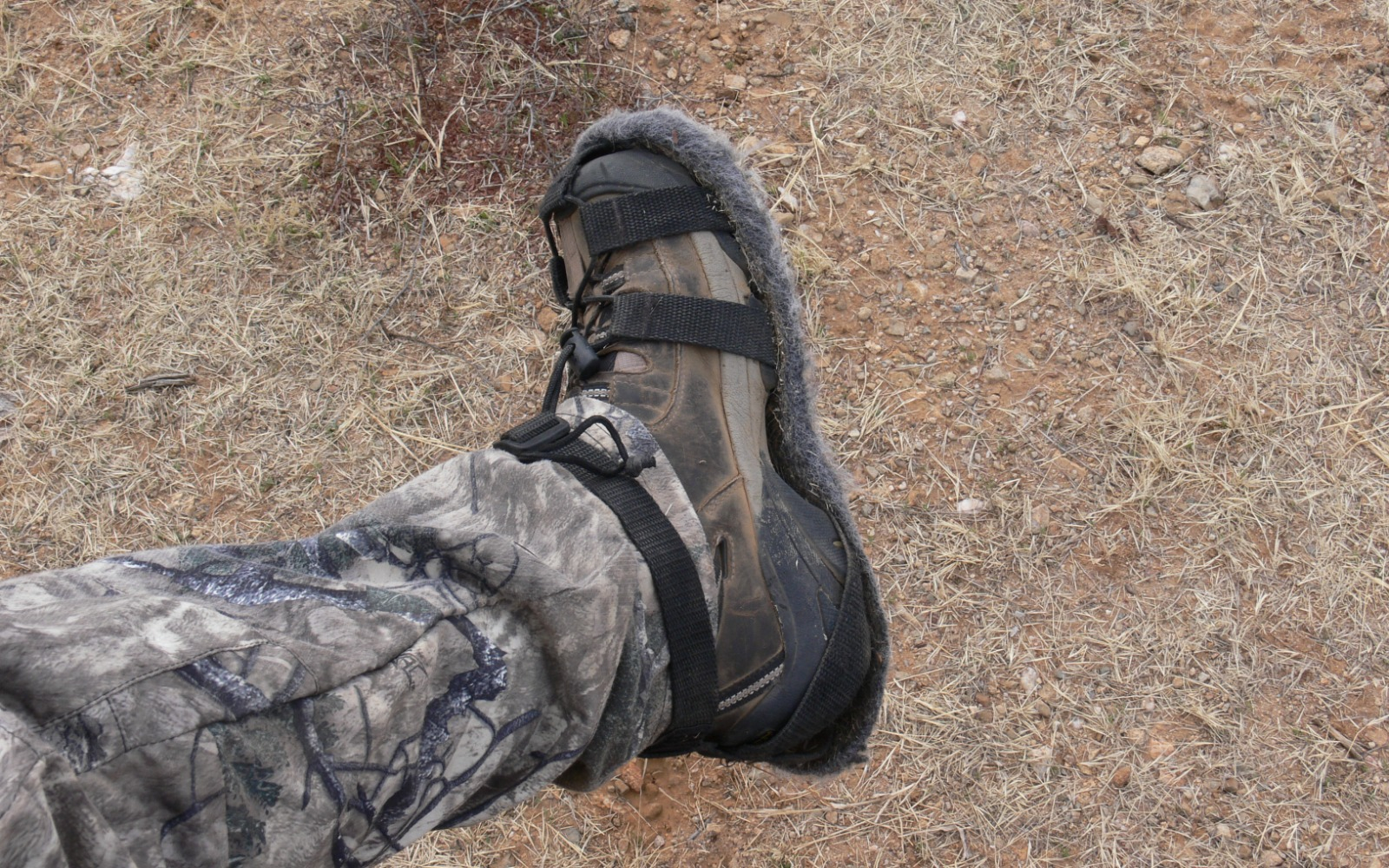
Many bowhunters simply aren’t quiet enough to sneak into an animal’s bedroom, so instead, they attempt to extend their effective range. As such, failure is often the end result.
Having quiet clothing, boots, and gear are advantageous to bowhunters wanting to increase their odds. Additionally, using items that quiet your approach can help. I either slip my boots off and stalk in wool socks or put felt stalking pads over my boots to quiet my approach. There are a few companies making these items, but I’ve used Carlton’s Cat Paws and have recently been testing SneekTec over-boots. Both are quality products that retail less than $40.
5. Inability to Make the Shot
Most Western bowhunters’ average shot distance is between 30-40 yards, with some extending to even 60 yards. bowhunting isn’t easy, and consistent accuracy is difficult to attain. Being able to make the shot at the moment of truth is probably the single most critical step in coming home successful. If you don’t spend enough time practicing in hunting conditions and situations, your chances of failure increase.
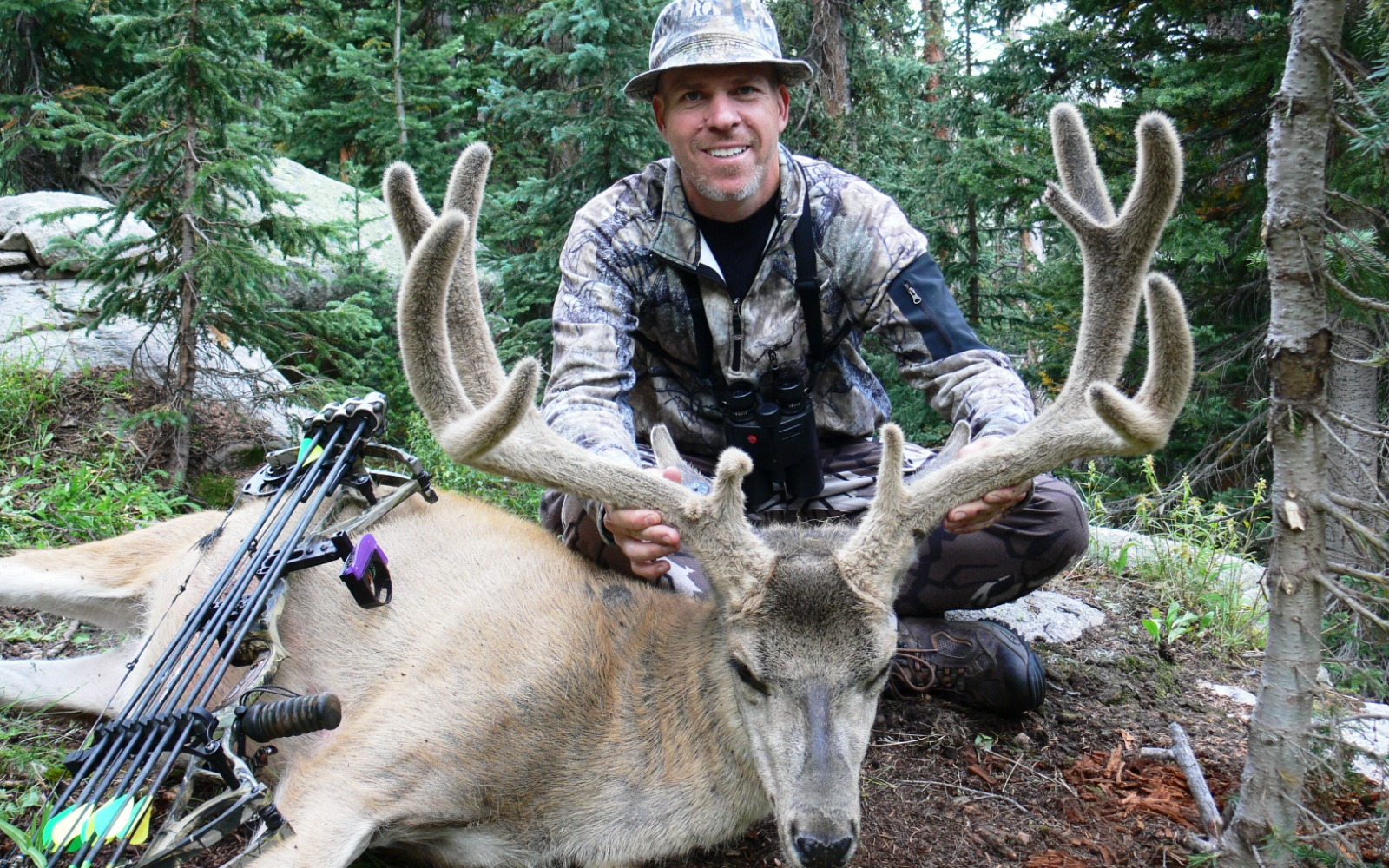
Does practice make perfect? No. Only perfect (proper) practice makes perfect and even then, it can be difficult to master. There will be those days that your form is good, your release is even better, and you simply miss your intended target. It happens to the best. Still, for those who do properly practice regularly, success seems to increase dramatically.
I’m not a target archer. However, here’s what I do to practice throughout the year and during a hunt to decrease my failure rate.
First, my first shot, no matter the distance, is how I gauge my proficiency level. It’s my “cold shot”. In bowhunting, you’ll usually only get one shot. There are no warm-ups, so your first arrow needs to count. As such, I practice as close to hunting situations as I can to evaluate my proficiency. To achieve that, ALL of my practice sessions are with broadheads. I only use field points when shooting tournaments that require them. I really enjoy 3D broadhead tournaments for hunting practice.
Once I’ve noted my first arrow, I begin my routine. I only shoot 20-25 arrows each session, at variable yardages, especially if my “cold shot” was acceptable. I’ve found that if I shoot more than that, my muscles get fatigued, affecting accuracy and creating an imperfect practice session.
By following this routine, I’ve trained my body to not even think about the shot or my form when I draw on a live animal. I simply concentrate on a spot and the arrow leaves the bow. In my opinion, this is where you want to be, like a shooting machine.
I don’t settle for okay proficiency or the old adage, “Keep them in a 9-inch paper plate.” I want to gauge my level of accuracy based on the 1” circumference rule. This means for every ten yards away; I want my group in the corresponding inch circumference. Example: 20 yards = 2” group; 30 yards = 3” group, etc. If you can consistently shoot these types of groups, in all types of conditions, understand your effective range, and perfect your practice sessions, you should increase your chances of success when the shot counts.
6. Poor Equipment
Equipment can play a vital role in determining the outcome of bowhunting. Having the best gear you can afford often allows you to withstand harsh environments and spend longer days afield. With backpacking especially, having quality equipment can extend your time afield, make it more enjoyable, and it may just save your life! Those who skimp on equipment and encounter Mother Nature’s high-altitude wrath often give up when they’re wet and cold.
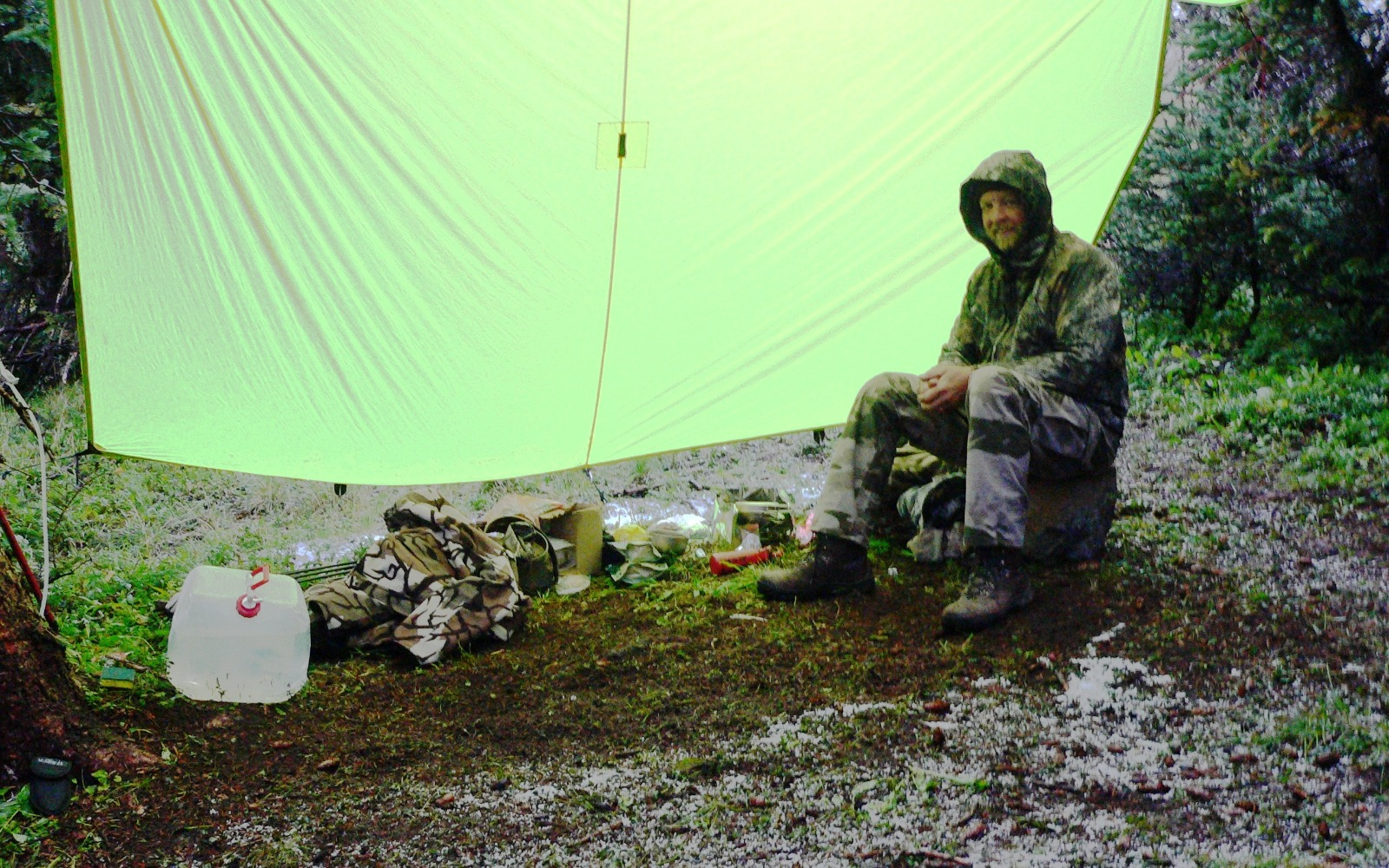
I can remember my hunting partner and I camping in a remote basin in a Colorado wilderness chasing mule deer. Beautiful bluebird weather gave us hope of stalking a velvet-clad monarch the next day. However, that was the last of the picture-perfect weather; a thunderstorm rolled in and began pounding us with wind, rain, and eventually snow.
Luckily, we packed good gear, allowing us to withstand the onslaught of severe weather. We both arrowed P&Y-class mule deer days later. If we had used poor equipment and/or gear, the outcome would have been different.
7. Not Knowing Your Prey
It surprises me how many bowhunters don’t intimately know their prey’s habits, feeding patterns, rut activity, and behavioral traits. Knowing where an animal feeds, beds and moves through key areas are essential to being a good bowhunter. Knowing when they’ll stand up, bound or run off, or simply stand somewhat alert and take an arrow is highly beneficial and is often the difference between success and failure. There’s really no way to teach this skill set; it’s learned from years of watching critters in their natural habitat on a year-round basis.

I remember running into a guy bowhunting in Arizona who was wondering if I had seen any Coues deer. I was scouting for an upcoming elk hunt and the deer hunt had just begun. When I told him I hadn’t and that I was looking for elk, he looked at me wildly. “Elk like the higher elevations where it’s cooler. There are no elk down this low.”
I quickly realized he knew nothing about elk patterns in that unit. I wish he could have seen the P&Y bull I arrowed a month later not 300 yards from where I spoke to him.
8. Not Understanding the Wind
Almost all wild animals rely on their sense of smell to survive. You’d think that every bowhunter would know about wind direction and thermals. However, every year I see countless people bowhunting with the wind at their back or attempting a stalk during late morning hours when the sun inevitably begins to change wind direction.
In mountainous and broken terrain, thermals occur every day. On calm mornings, when the low valleys begin to warm, that heat rises and results in an updraft. Contrarily, when temperatures drop in the late afternoon, colder air sinks, resulting in a downdraft. Understanding this simple fact can make a huge difference in strategy and success.
One tool to assist in this area is to use a “smoke in a bottle” wind detector to constantly confirm the wind direction as you’re on approach or hunting through an area. This can make a huge difference on your final stalk.
9. Not Enough Patience
One main reason why bowhunters fail is they simply don’t have enough patience. Remember, even the most experienced and successful bowhunters spend more hours hiking, glassing, and preparing than they ever do casting an arrow. It’s easy to become discouraged when you haven’t drawn a bow several days into the hunt or even the entire season. Remember, the last day is just as good as opening morning!
One of my hunting partners, Wally Schwartz, has unbelievable patience. He backpacks his treestand far into the wilderness and sits for days on end waiting for a trophy buck. It usually pays off - he’s arrowed several world-class blacktails in an OTC unit while passing smaller bucks. His patience has made him one of the best-known Columbian blacktail hunters in the Golden State.
10. Fighting the Loneliness
Bowhunters are people too, and they enjoy the company at the end of a long day’s hunt. If you’re lucky enough to have a solid hunting partner to share your experiences with, that helps a bunch. However, many bowhunters fail to have a successful hunting trip when their home life is troubled or they’re hunting alone for extended periods.
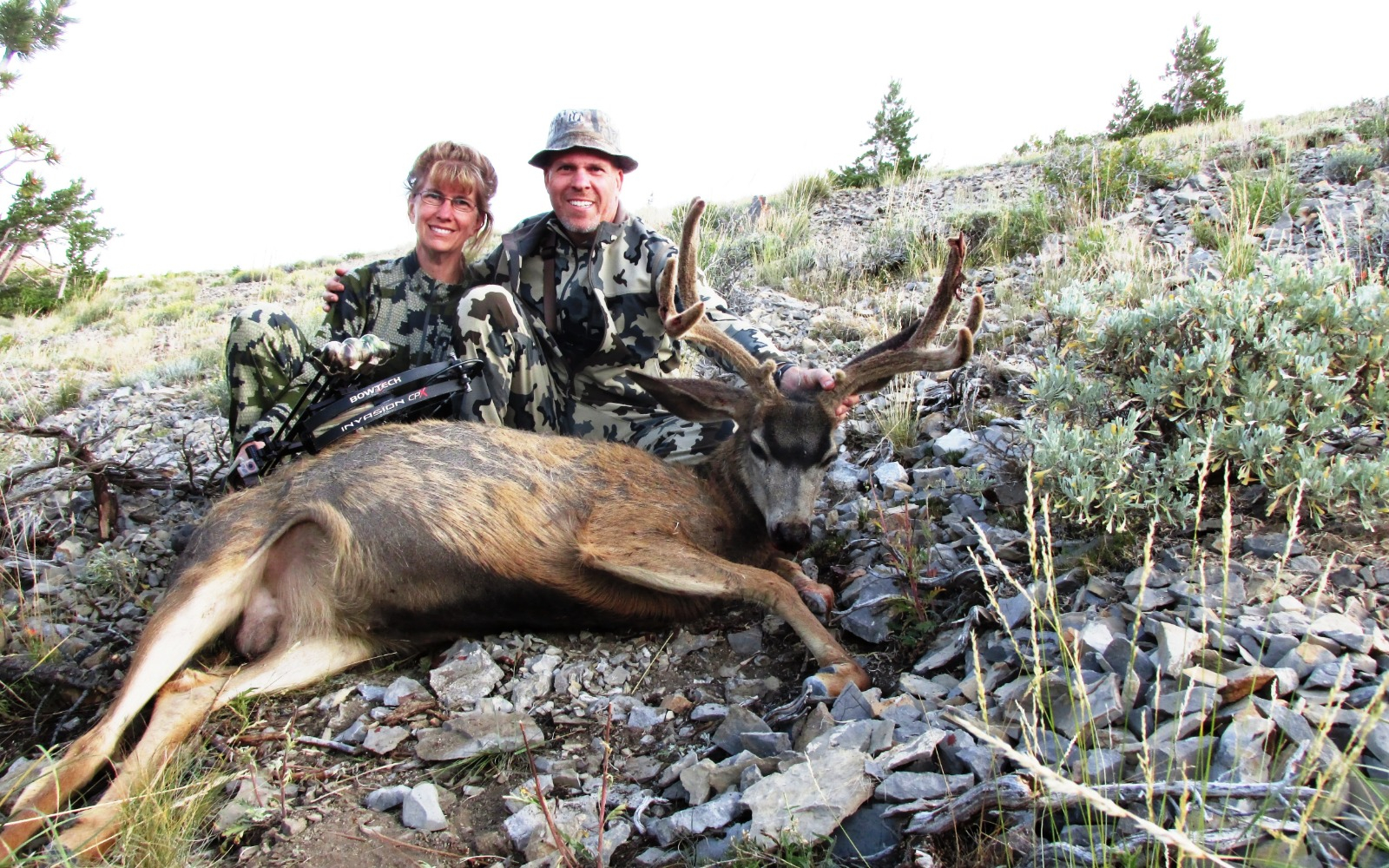
I can remember a couple of backpack trips on which I went solo just a few years ago. While I prefer to hunt alone, I must admit, not having anyone to talk to or motivate me at camp each evening was more difficult than I thought. Something about multiple days and never seeing another human being does something to a person.
After seven days alone in the backcountry, and a few close encounters with good mule deer that I probably would’ve arrowed if I had a partner, I had enough. I packed out, whipped, and beat down.
After arriving at the trailhead, I spent the next hour talking to some hikers. Not having anyone to talk had an effect on me, and I came home empty-handed.
If you’re lucky enough to find a compatible hunting partner, it can be huge. While Fred and Wally have been my partners for years, my wife, Anne, has recently gotten back into bowhunting. She has accompanied me on a few hunts lately, and we both have truly enjoyed it. It’s the best of both worlds and I’ve been successful on those hunts!
Conclusion
If you’ve failed on bow hunts, perhaps one of these reasons will sound familiar to you. I know I’ve experienced a few of these issues over the years and have always tried to learn from them. While there are other issues that contribute to a bowhunter’s failure, these specific issues seem to be prevalent with all bowhunters, new and old. Knowing how to prevent and/or combat them can often turn continual failure into consistent success.


